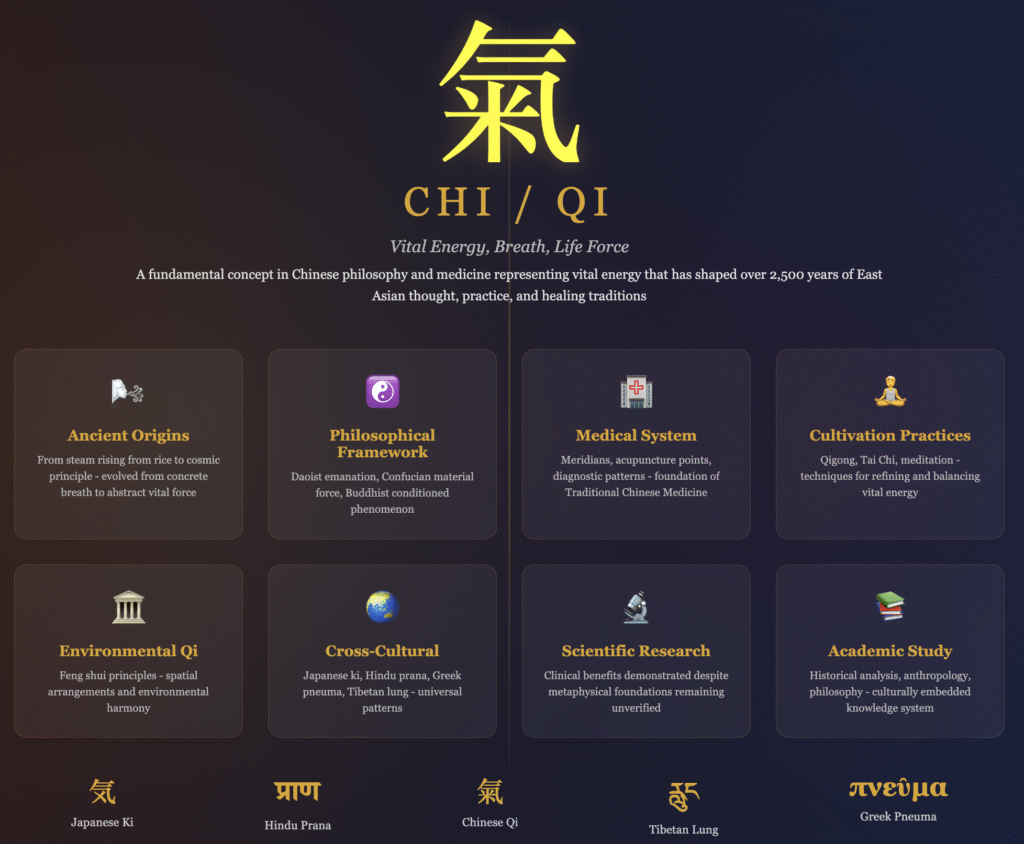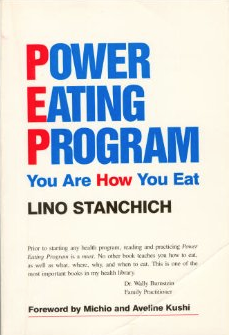What is chi/qi? To ask this question is to encounter a concept that simultaneously represents breath, energy, cosmic force, and vital essence, defying simple definition whilst shaping feng shui, medical systems, philosophical traditions, and cultivation practices across East Asian civilisation for over 2,500 years. This comprehensive analysis examines qi through its historical origins, philosophical frameworks, medical applications, cross-cultural parallels, scientific investigations, and contemporary scholarship to provide a rigorous academic answer to this deceptively complex question.
Chi (氣/气, qi) is one of the most fundamental yet elusive concepts in Chinese philosophy, feng shui and medicine, representing vital energy, breath, or life force that has shaped over 2,500 years of East Asian thought and practice. While the concept has no direct equivalent in Western scientific frameworks and remains scientifically unverified as an energy form, it functions as a sophisticated organising principle within traditional Chinese cosmology, medicine, and cultivation practices, with cross-cultural parallels in Japanese ki, Hindu prana, Greek pneuma, and dozens of other traditions worldwide. Modern empirical research demonstrates measurable health benefits from qi-based practices like qigong, tai chi, and acupuncture, though the mechanisms remain contested. The academic community divides between critical historians who emphasise translation problems and lack of physical evidence, pragmatic researchers who focus on clinical efficacy regardless of metaphysical status, and integrative scholars who view Chinese philosophy and medicine as inseparable. For scholarly work, understanding qi requires appreciating its multivalent meanings across contexts whilst maintaining critical distance from both uncritical acceptance and dismissive rejection, recognising it as a culturally embedded concept that has demonstrable practical applications despite lacking Western scientific validation.
Ancient Origins and Etymology
From Steam to Cosmic Principle
The Chinese character for qi (氣) originally depicted steam rising from cooked rice, connecting the concept fundamentally to vapour, breath, and transformation. Early textual references appear in the Analects of Confucius (post-479 BCE), but the most sophisticated early treatment emerges in the Guanzi essay “Neiye” (Inward Training) from the late 4th century BCE at the Jixia Academy, described by scholars as the oldest received writing on qi cultivation and meditation techniques. The philosopher Mencius (372-289 BCE) discussed governance of qi by the heart-mind, connecting its cultivation with moral righteousness, whilst Xun Zi distinguished qi as what differentiates living from non-living things.




